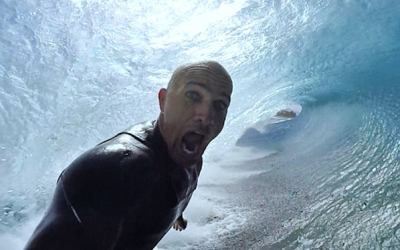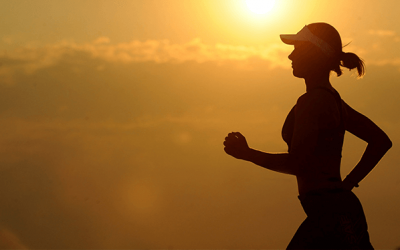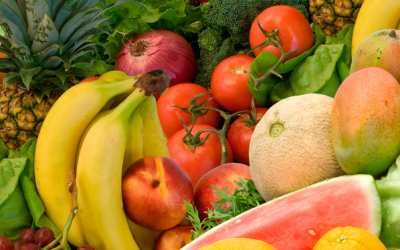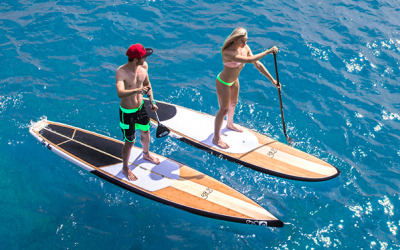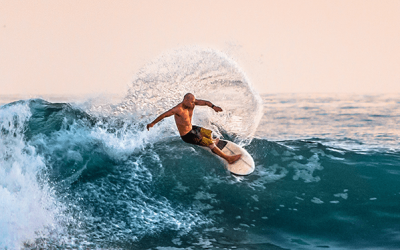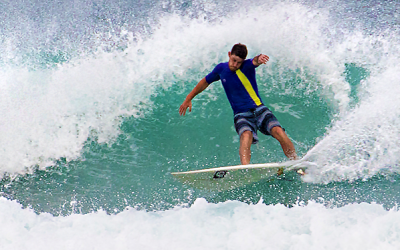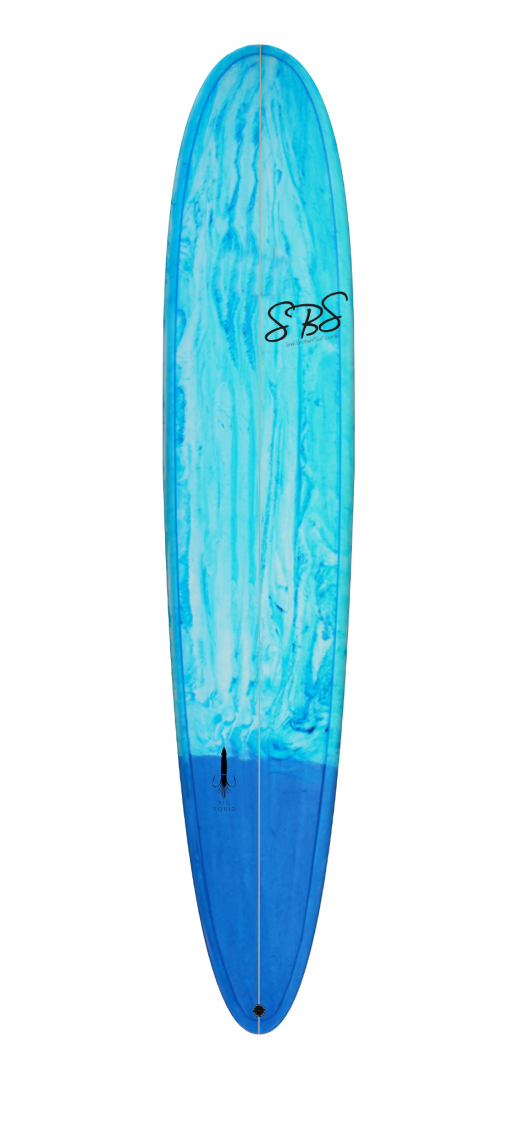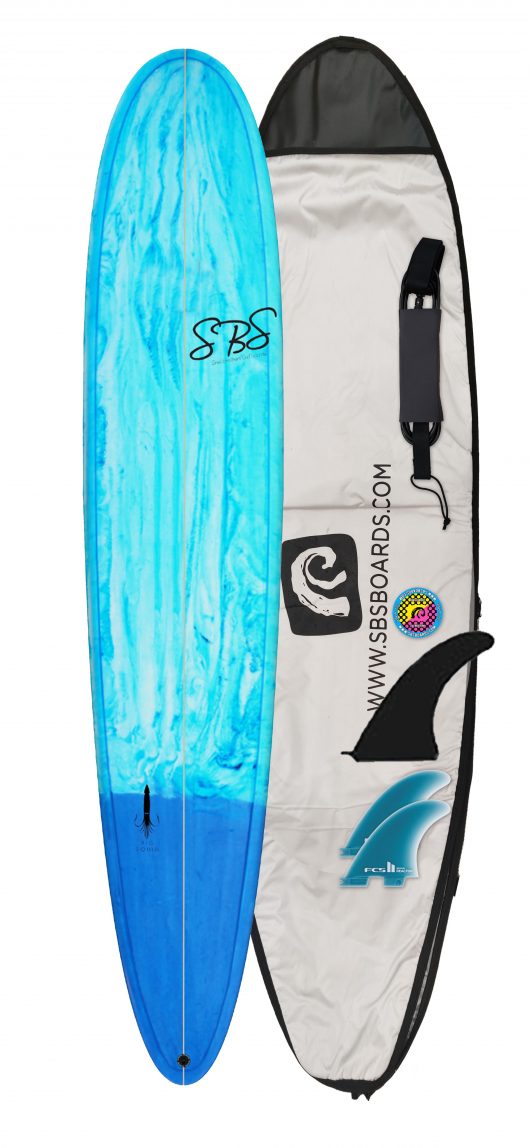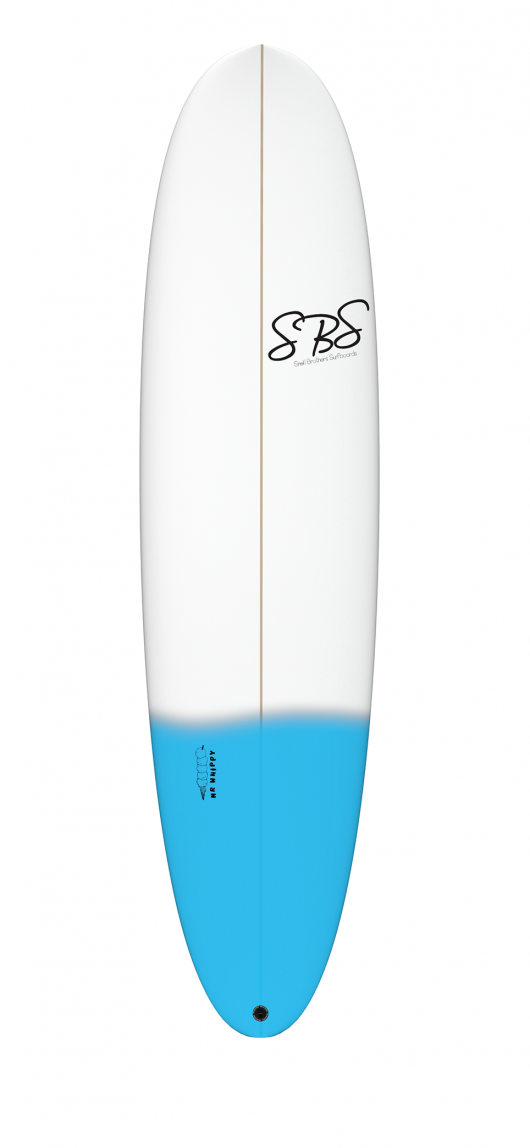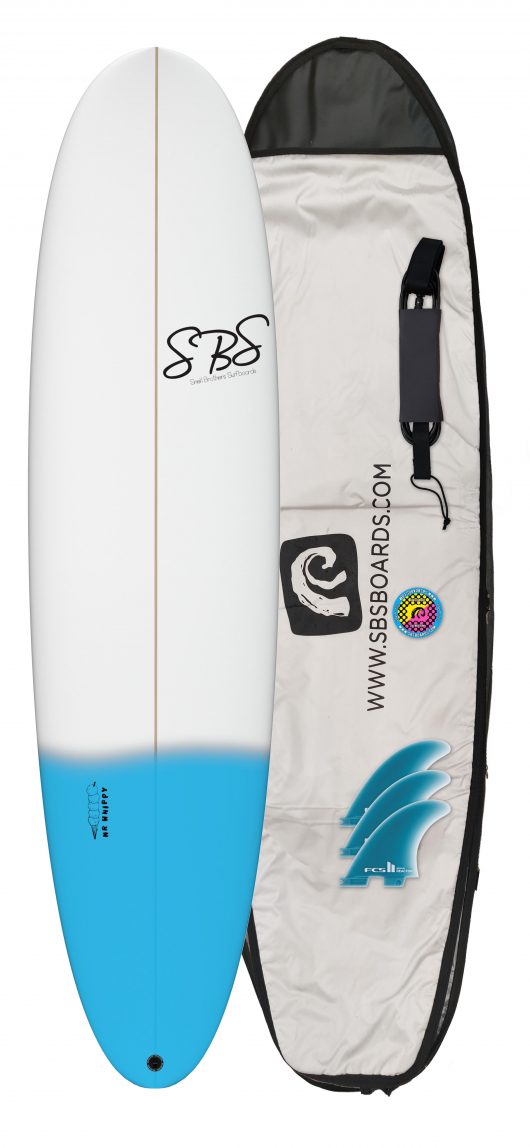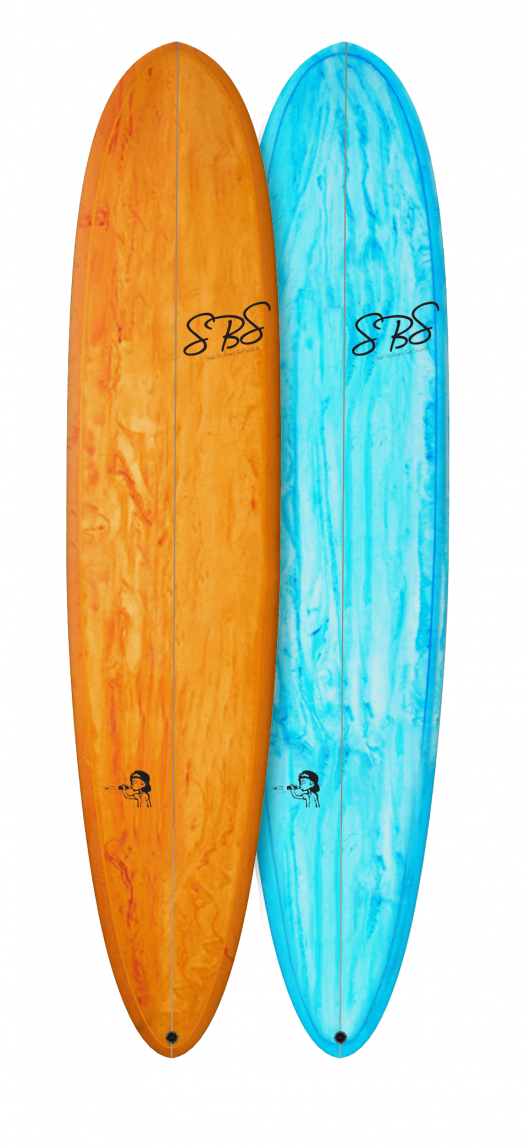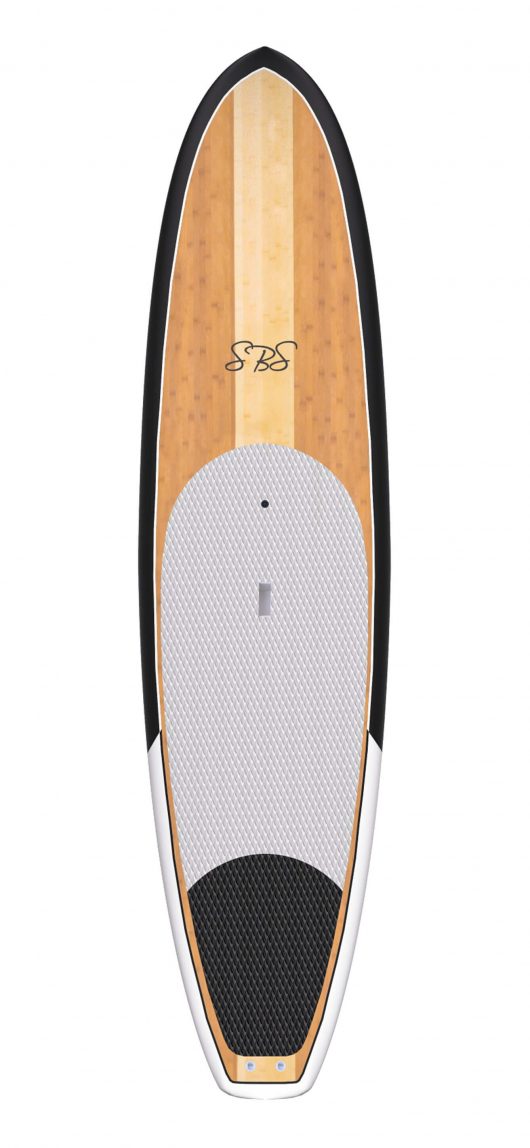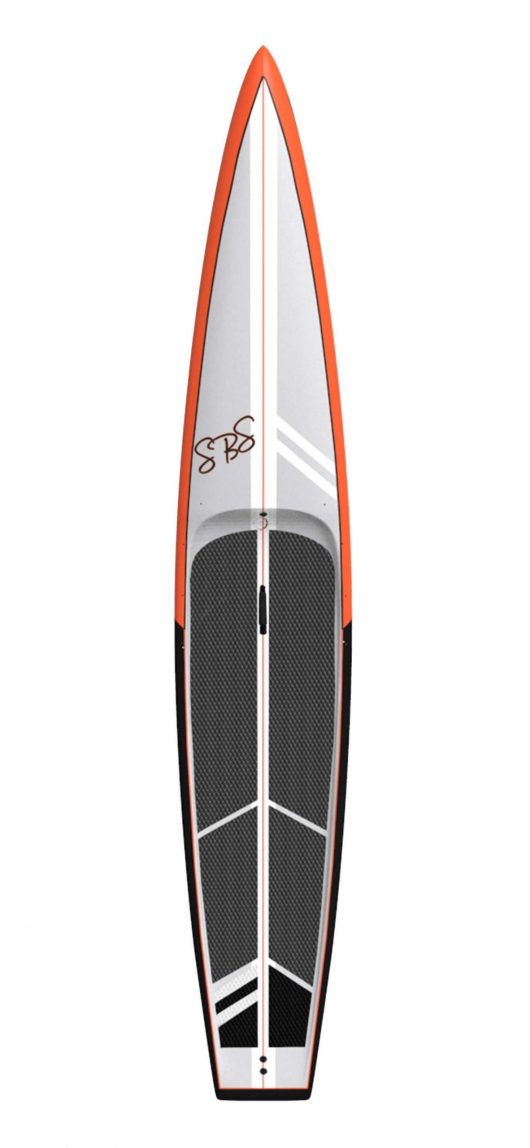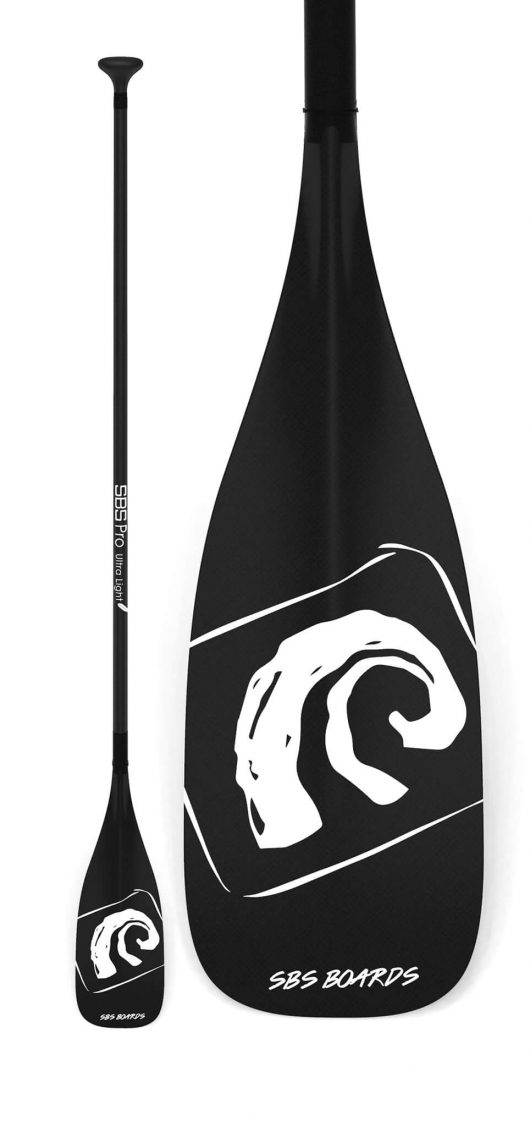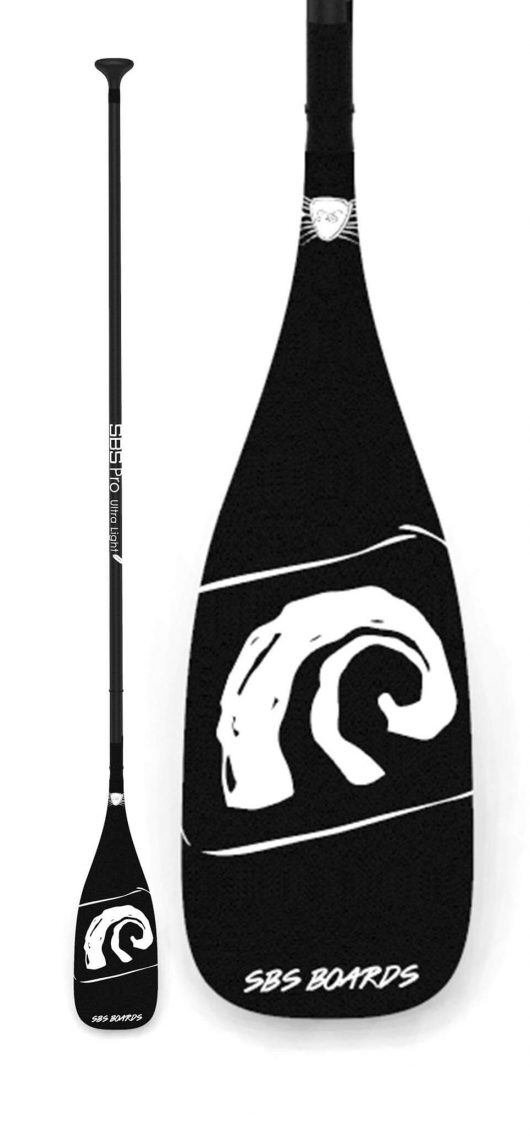How to Paddle a Stand Up Paddleboard
Basic Paddleboarding strokes
One of the most basic parts of stand up paddle boarding is the paddling it allows you to move around in the water at speed and control. Making sure that you get the most form every stroke will be an important part of your progression. the fowling tips will aim to give advice on the best way to maximise stroke power and glide whilst minimise your effort and strain on your body.
Key point to keep in mind
-
Keep your arms straight with just a slight bend in the elbow.
-
Maintain a straight back and bend at the knees to avoid injury. Do not hunch over.
-
Think of the power come from your core rather than upper body.
-
Extend the blade forward as far as comfortable and fully submerge the blade.
-
Only after it is full submerged pull the paddle back towards your feet.
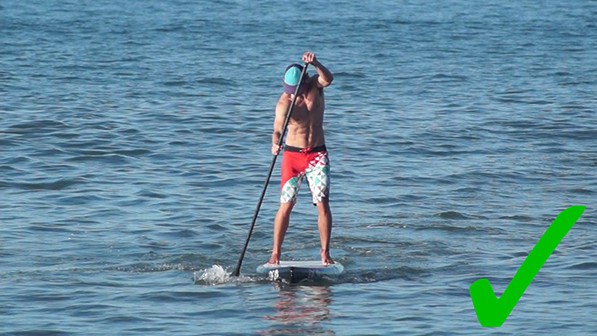
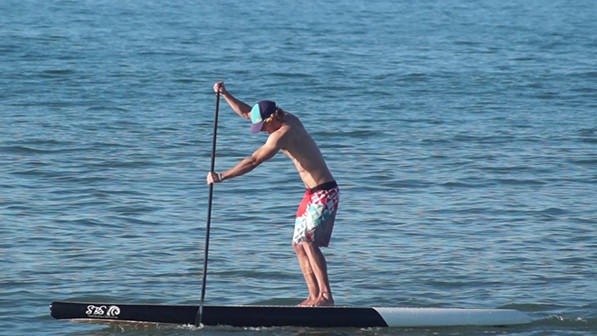
-
The more straight up and the paddle is the more straight it will propel you.
-
Shorter strokes are best to start with when you are a beginner.
-
Do 4-6 strokes and then switch sides with your paddle. Reverse hand positions when doing this.
Catch Phase of the SUP Forward Stroke
-
Place the paddle in the water toward the tip of the SUP. The face of the blade should be facing toward the rear of the board at the catch phase of the SUP forward stroke. Place the blade all the way in the water up to the throat before transitioning to the power phase of the SUP forward stroke.
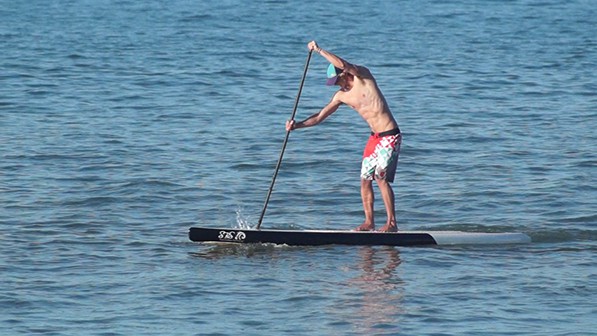

Power Phase of the SUP Forward Stroke
-
Once the blade is in the water the power phase begins. This is the part that people usually do wrong. They pull the paddle blade through the water with their arms which is a great way to get worn out. The proper way to bring the paddle through the water is by rotating the torso. Try keeping the top hand level and moving across the horizon throughout the power phase. This will force you to rotate to bring the paddle along the board rather than pulling your arms. Keep the paddle as close to the board as you can. This will minimize the rotation of the board throughout the stroke.
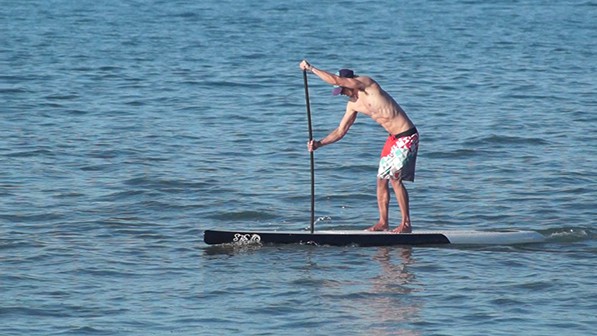
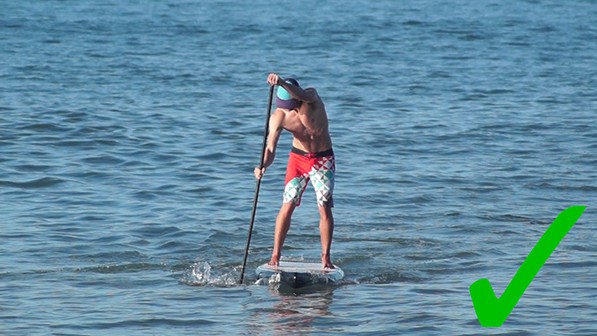
Recovery Phase of the SUP Forward Stroke
-
The overall length of the stroke will depend on the length of the board. On shorter
boards the stroke should go from tip to hip. On longerboards the stroke can be extended back further. Begin the recovery phase before the board starts turning. Begin to remove the paddle at the end of the power phase. Then rotate the torso back to the front thereby setting the paddle up for the next stroke on the same side.
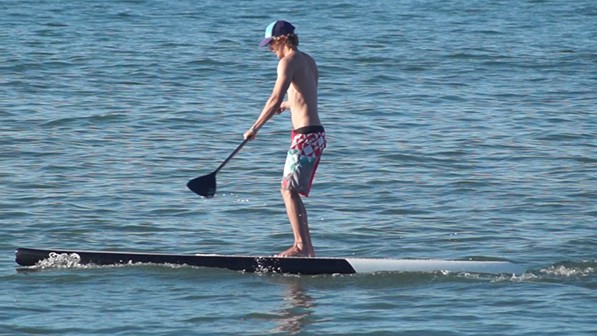
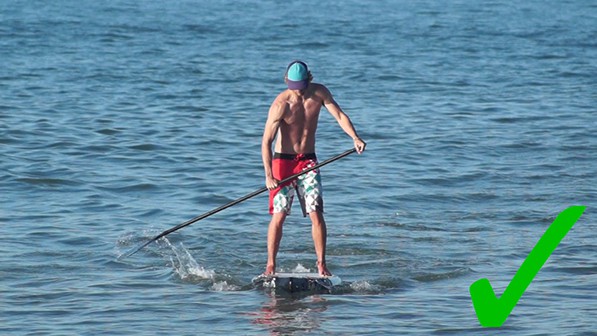
Common Beginner’s Mistakes in Paddleboarding
-
A hunched posture. Keep your back straight, shoulders level.
-
Staring at your feet instead of the horizon.
-
The elbow (bent angle) of the paddle facing in the wrong direction. It should point away from you.
-
Having both hands on the paddle shaft. Your top hand belongs at the top of the paddle, on the grip.
-
Standing straight-kneed. It’s much easier to balance with bent knees.
Related Posts
Kelly Slater – How to Carve 360 in Surfing …
Kelly Slater - How to Carve 360 in Surfing ... Kelly Slater - How to Carve 360 in Surfing ... Yes when Kelly speaks we listen carve game and Airs in surfing the 11-time world champ talks about these 2 as totally different styles of surfing and can affect your...
Best Warm Ups For Surfers
BEST WARM UPS FOR SURFERSBefore hitting the surf it’s essential to warm up! Warming up helps to prepare your body for the coming activity and the body’s systems to reach a steady state of energy production whilst also preparing the muscles for exercise and raising...
Top 10 BEST Foods for Surfers
Surf Nutrition : Top 10 BEST Foods for Surfers Every surfer knows the feeling sliding down the face of a wave just can’t be beaten. We all want to surf more for longer with more energy but there usually come a time where our energy level start to dip. Knowing...
Top 10 Reasons a Stand Up Paddleboard is better than a kayak
10 Reasons - Stand Up Paddleboard is better than a kayak 1) Perspective: On a kayak, you sit. On a stand-up board–you stand. From standing you can just see so much more. Wildlife in the water around you, waves coming in on the horizon—standing just gives you a...
How to do a Top & Bottom Turn in Surfing
How to do a Top & Bottom Turn in Surfing The bottom turns along with the top turn are probably the 2 most crucial and fundamental moves in surfing. They are used every time you catch a wave, and every time you perform a manoeuvre. Mastering the...
Improve Your Round house Cut back
Improve Your Roundhouse Cut back The roundhouse cut back is one of the most stylish and functional manoeuvres in a surfers arsenal. The roundhouse cutback is a move that is used by surfers of all skill levels. It allows great rail control whilst being functional by...

